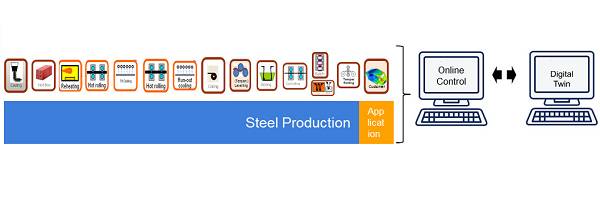Advanced microscopy and spectroscopy offer unique opportunities to study the structure, composition, and bonding state of individual atoms from within complex, engineering materials. Such information can be collected at a spatial resolution of as small as 0.1 nm with the help of aberration correction.


